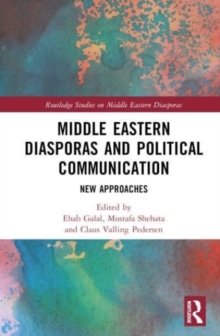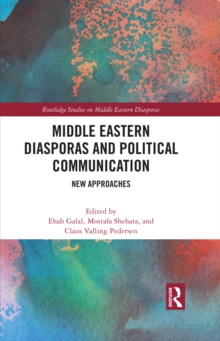
Arab American Aesthetics : Literature, Material Culture, Film, and Theatre PDF
Edited by Theri Pickens
Part of the Routledge Studies on Middle Eastern Diasporas series
Description
Arab American Aesthetics enlists a wide range of voices to explore, if not tentatively define, what could constitute Arab American aesthetics in literature, material culture, film, and theatre.
This book seeks to unsettle current conversations within Arab American Studies that neglect aesthetics as a set of choices and constraints. Rather than divorce aesthetics from politics, the book sutures the two more closely together by challenging the causal relationship so often attributed to them. The conversations include formal choices, but also extend to the broad idea of what makes a work distinctly Arab American. That is, what about its beauty, ugliness, sublimity, or humor is explicitly tied to it as part of a tradition of Arab American arts? The book opens up the ways that we discuss Arab American literary and fine arts, so that we understand how Arab American identity and experience begets Arab American artistic enterprise. Split into three sections, the first offers a set of theoretical propositions for understanding aesthetics that traverse Arab American cultural production. The second section focuses on material culture as a way to think through the creation of objects as an aesthetic enterprise. The final section looks at narratives in theatre and how the impact of such a medium has the potential to recreate in both senses of the word: play and invention.
By shifting the conversation from identity politics to the relationship between politics and aesthetics, this book provides an important contribution to Arab American studies. It will also appeal to students and scholars of ethnic studies, museum studies, and cultural studies.
Information
-
Download - Immediately Available
- Format:PDF
- Pages:130 pages
- Publisher:Taylor & Francis
- Publication Date:19/01/2018
- Category:
- ISBN:9781351596534
Information
-
Download - Immediately Available
- Format:PDF
- Pages:130 pages
- Publisher:Taylor & Francis
- Publication Date:19/01/2018
- Category:
- ISBN:9781351596534










